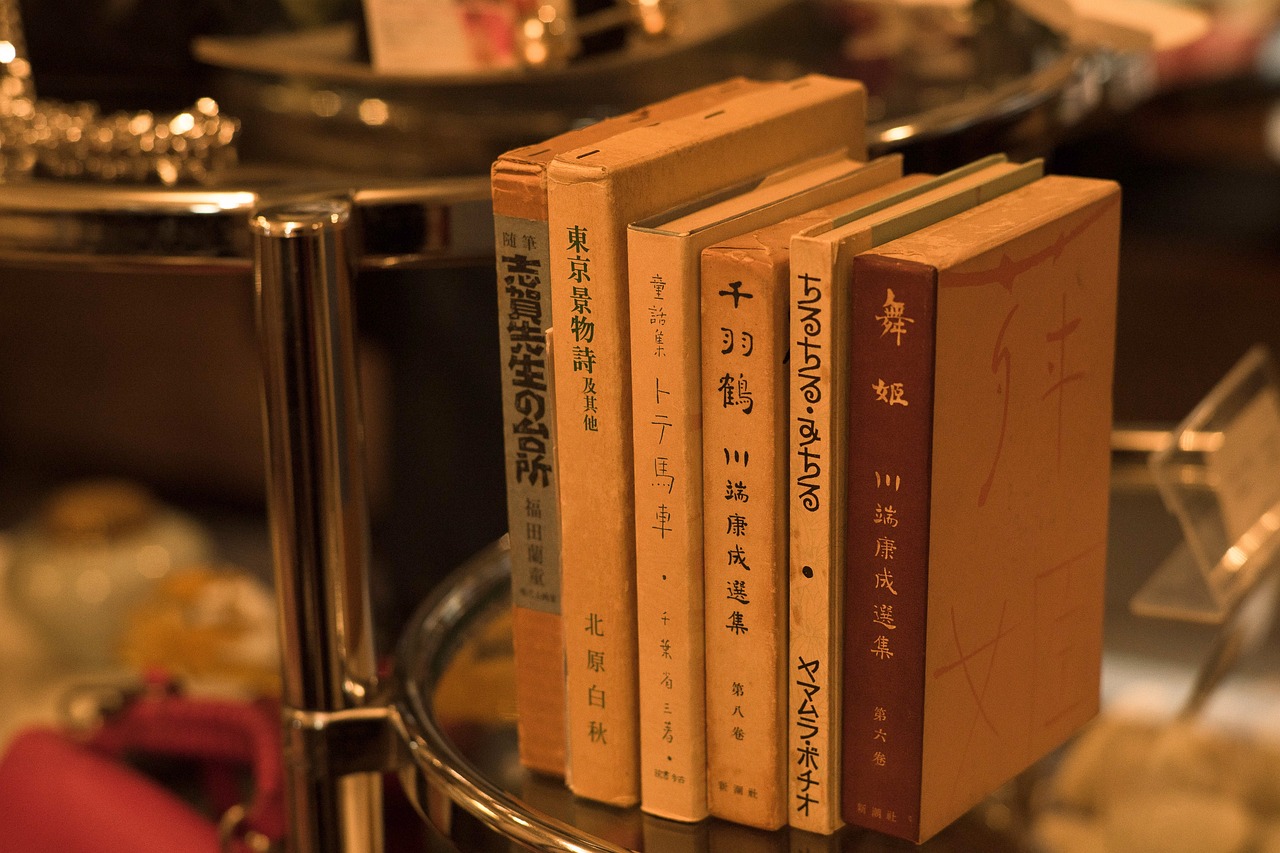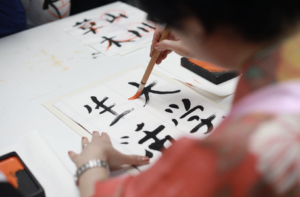Hello, fellow learners of Japanese or any other language.
What is the easiest part of the language you are learning? Is it vocabulary? Is it Kanji? Is it the cultural nuances beautifully interlaced with the language? Or if you are learning a language like Japanese, is it Kanji?
One of the questions that is most frequently asked is, “How do I effectively master vocabulary?”. While you may know the grammar construct of sentences or be easily able to read Kanjis, if the words don’t pop with their meanings, in our minds, up at the right time, you may find it difficult to follow a conversation, state your opinion, or even understand what is written. That’s why learning vocabulary from basic Japanese words & building from there becomes important.
Today, lets discuss 2 techniques to learn vocabulary effectively in any language that you are learning.
These methods will be beneficial irrespective of whether you are a beginner in the language or have achieved a certain stage of proficiency already. These are proven memory techniques and if used appropriately will do wonders to your vocabulary knowledge base.
Pro Tip :While learning basic Japanese words or advanced Japanese words, always maintain a list of the Japanese word with meaning. Also remember to maintain and update these Japanese words lists regularly.
Technique 1 :
Visual representation of words and their meaning are said to have a longer retention than rote learning. While coming across a new word, if you were to associate it to a picture or an object in real life retention will be better.
For example, if you are a beginner and come across a words like えんぴつ, you can take a pencil from your desk and label it as “えんぴつ”. Since this is an object on your desk, you will have multiple opportunities to look at it. Having looked at the object with the labelled name in the target language many-many times, it is likely that you will be able to remember this word better. This technique can be used for advanced learners too. For exam labelling a rice cooker with “すいはんき”.
Technique 2 :
This technique involves learning the words and their meanings first. Any learning is complete when you are able to re-call the information at the appropriate time. And what better way to test your re-call ability than to revise?
While revising vocabulary, let yourself freely associate words and make a map of your word association. The reasons for the word association could be logical or personal. Either way, your purpose of having to learn the vocabulary is achieved.
Here is a sample trail of word association :
自転車 → 車 → 駅 → 旅行 → 休み → 旅館
Cycle → car → station → travel → holiday → Japanese style inn
For effective Japanese language learning, come join us.
Sakuraa Nihongo Resource Centre®
ph: +91 89043 90300 / +91 80 2346 4677
e-mail : info@snrc.co.in



